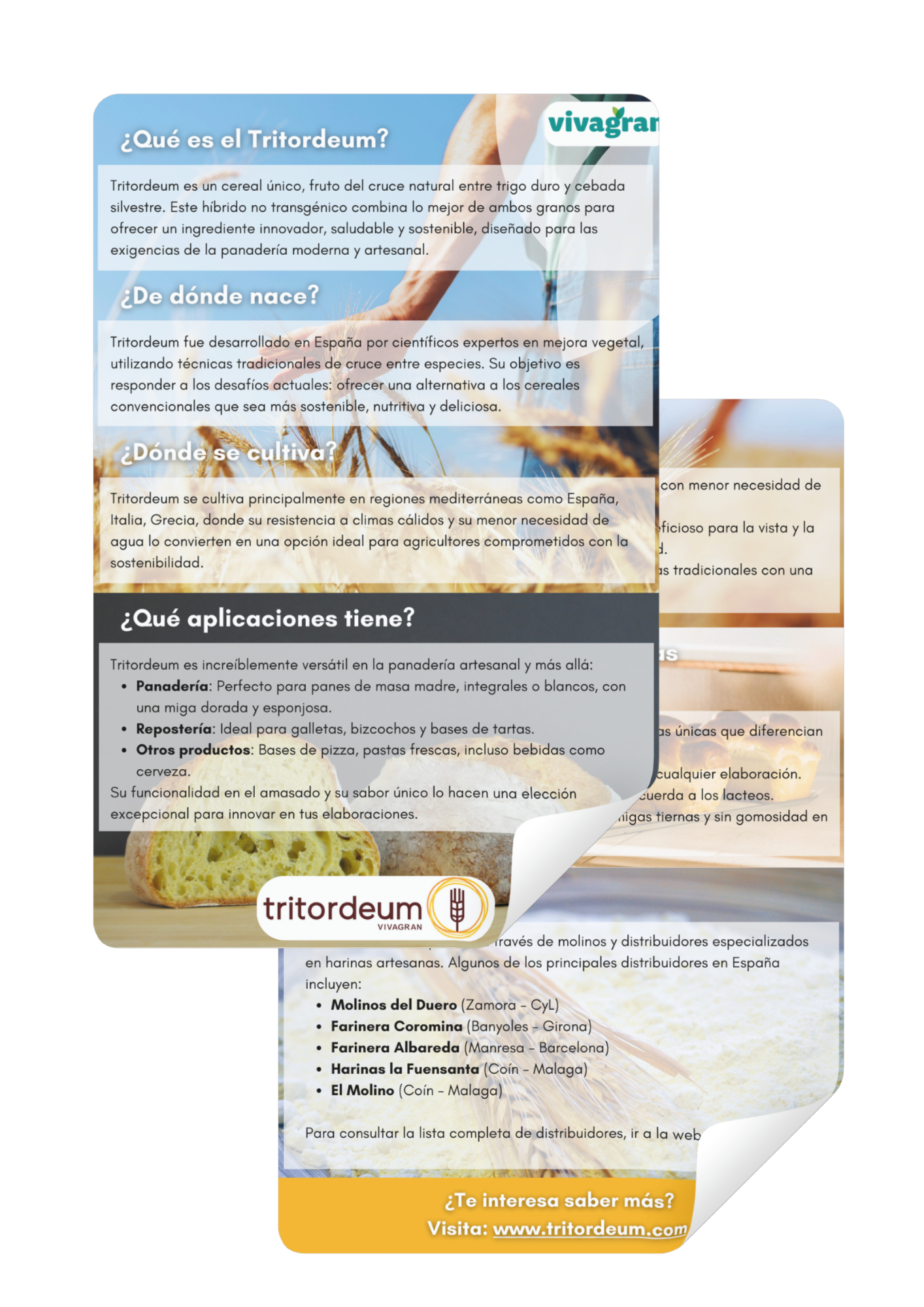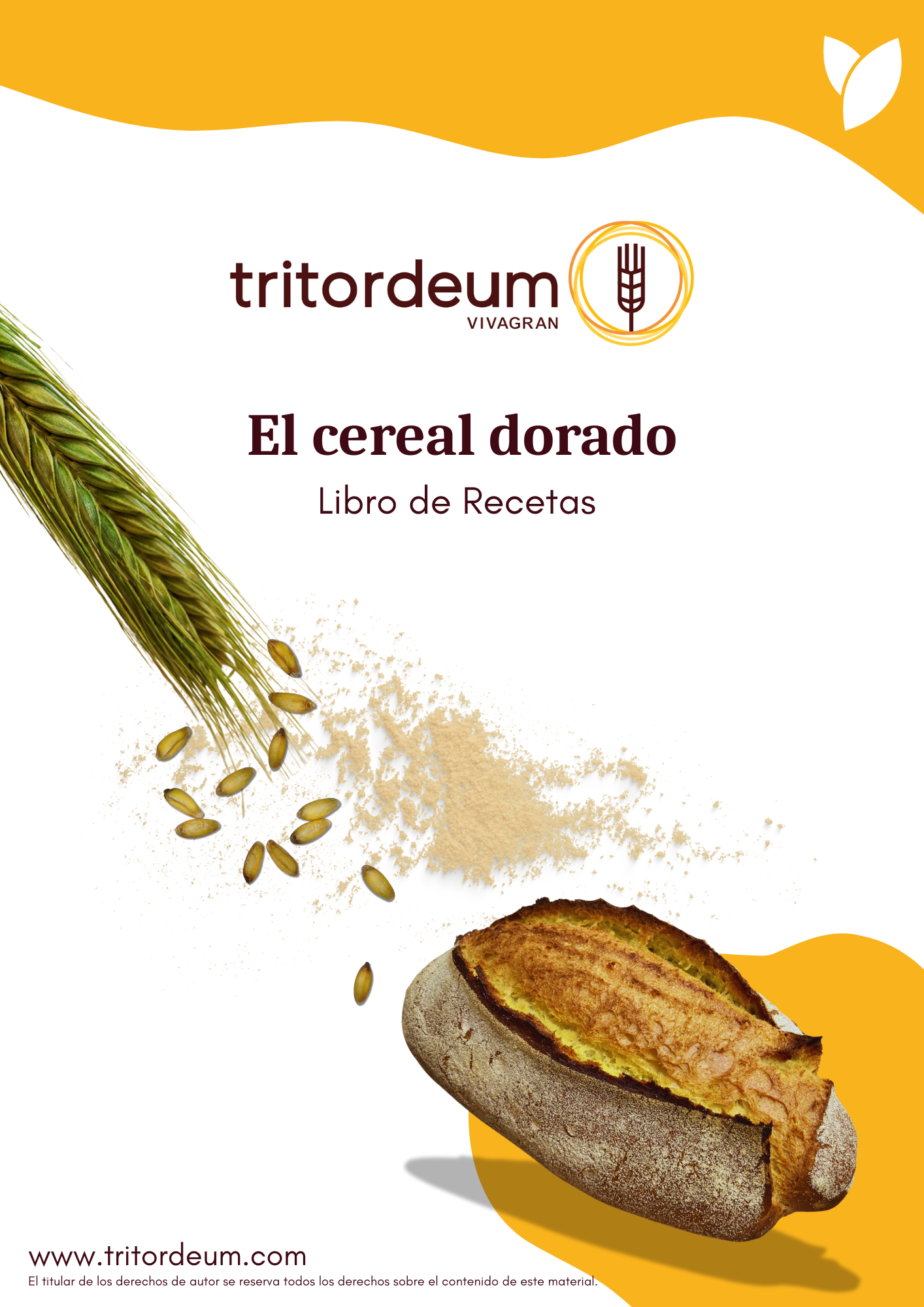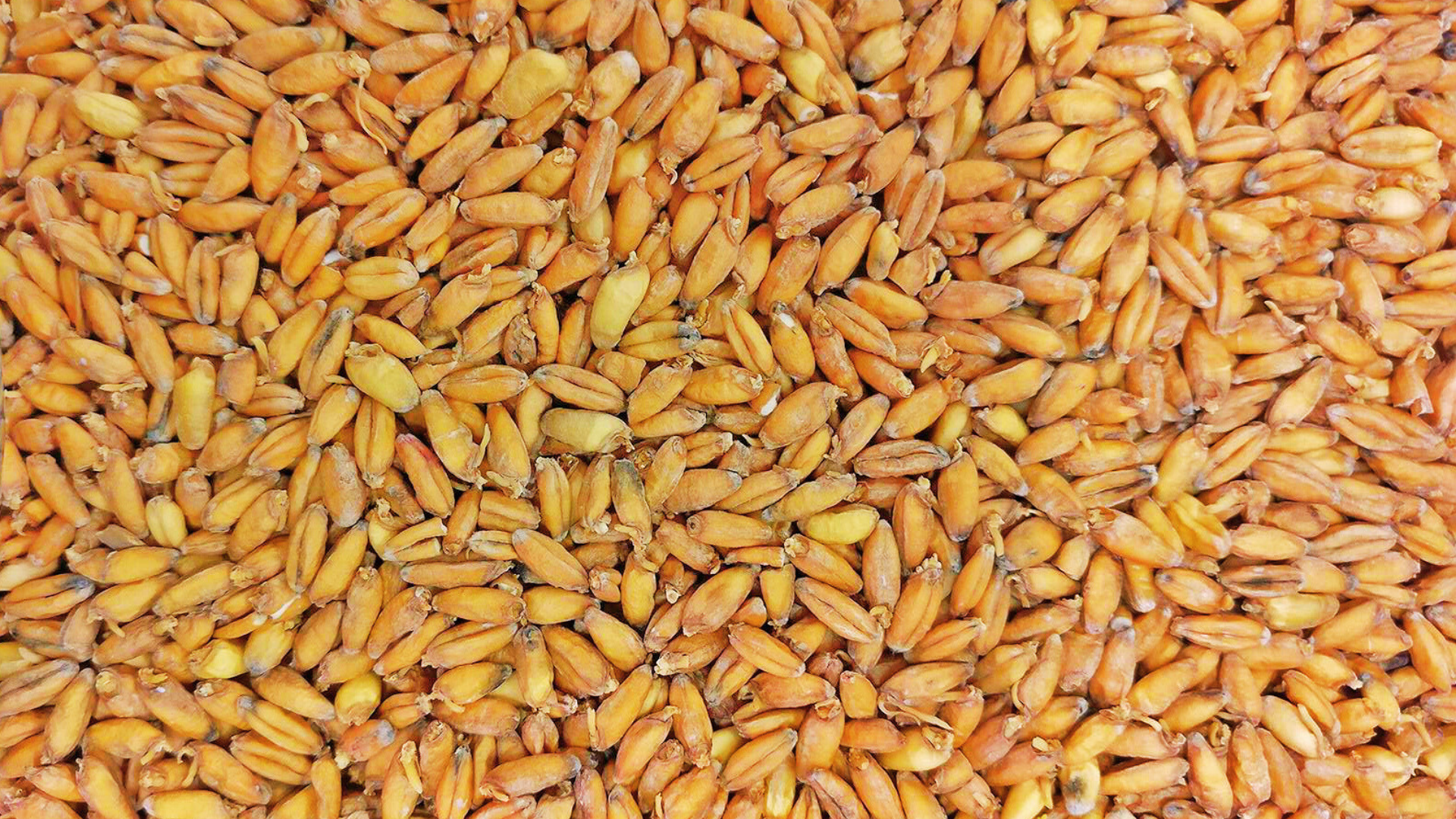The Secrets of Baking: Preferments and Techniques to Elevate Your Tritordeum Bread
Baking great bread goes far beyond simply mixing flour, water, and yeast. There are time-honored techniques that transform a basic dough into an aromatic, flavorful, and texturally rich creation. In this post, we’ll explore key preferments and dough-handling methods used by artisan bakers to enhance bread quality—and how these techniques pair beautifully with Tritordeum flour, our golden cereal.
1. Sourdough Starter: The Most Natural Fermentation
- Composition: Flour + water (natural culture of wild yeasts and bacteria)
- Main use: Natural fermentation
- Effects on dough/bread:
Sourdough adds a characteristic tangy flavor, improves digestibility, and extends the bread’s shelf life thanks to the organic acids produced during fermentation. The slow process also develops deep aromas and a distinctive crumb. Ideal for those seeking a complex, nutritious, and naturally preserved bread.
2. Poolish: Lightness and Elegance in the Crumb
- Composition: Flour + water (equal parts) + a small amount of yeast
- Main use: Liquid preferment
- Effects on dough/bread:
Poolish results in a light, airy crumb, with a subtle and clean flavor. It increases the dough’s extensibility, making it easier to shape. Perfect for medium-fermented breads like baguettes or soft rolls.
3. Biga: Strength and Structure
- Composition: Flour + low hydration (~50%) + yeast
- Main use: Firm preferment
- Effects on dough/bread:
Biga produces a dough with a stronger structure and complex yet mild flavor. It improves crust development and gives the bread a satisfying chew. Excellent for rustic loaves, ciabatta, or breads requiring a sturdy crumb.
4. Tangzhong: Softness Inspired by the East
- Composition: Cooked flour and water or milk (roughly 1:5 ratio)
- Main use: Gelatinized pre-hydration
- Effects on dough/bread:
This technique creates a gel that traps moisture, resulting in a very soft crumb, greater volume, and longer freshness. Ideal for sandwich loaves, brioche, or any soft, moist bread made with Tritordeum.
5. Scalding: Natural Sweetness and More Hydration
- Composition: Flour + hot water (>90 °C) in a 1:1 to 1:2 ratio
- Main use: Thermal pre-hydration
- Effects on dough/bread:
The heat gelatinizes starches, allowing more water absorption. This leads to a moist crumb, natural sweetness, and enhanced softness. A great technique for whole grain or fiber-rich flours like Tritordeum, to boost tenderness and flavor.
6. Autolysis: A Simple Yet Powerful Step
- Composition: Flour + water (no salt or yeast)
- Main use: Rest before kneading
- Effects on dough/bread:
Autolysis improves dough extensibility, helps develop gluten structure naturally, and enhances flavor development. Highly recommended when working with wholemeal or less refined flours.
Summary of Techniques and Their Effects on Bread
| Method | Composition | Main Use | Effects on Dough/Bread |
|---|---|---|---|
| Sourdough | Flour + water (natural culture) | Natural fermentation | Tangy flavor, long shelf life, better digestibility |
| Poolish | Flour + water (100%) + minimal yeast | Liquid preferment | Light crumb, mild flavor, improved extensibility |
| Biga | Flour + low water (~50%) + yeast | Firm preferment | Mild flavor, strong structure, crisp crust |
| Tangzhong | Cooked flour + water or milk (1:5 ratio) | Gelatinized pre-hydration | Extra soft crumb, greater volume, excellent freshness retention |
| Scalding | Flour + hot water (>90 °C, 1:1 to 1:2 ratio) | Thermal pre-hydration | Moist crumb, natural sweetness, better water absorption |
| Autolysis | Flour + water (no salt or yeast) | Rest before kneading | Better extensibility, improved structure and flavor |
Incorporating these techniques into your Tritordeum baking routine can dramatically elevate the quality of your bread. Whether you’re looking for enhanced texture, deeper flavor, or longer shelf life—each method brings something unique to the table.
Have you tried any of these techniques with Tritordeum flour? We’d love to hear your experiences or see your favorite recipe! Our community of bakers is always learning and rising together.
Submit your review | |










































